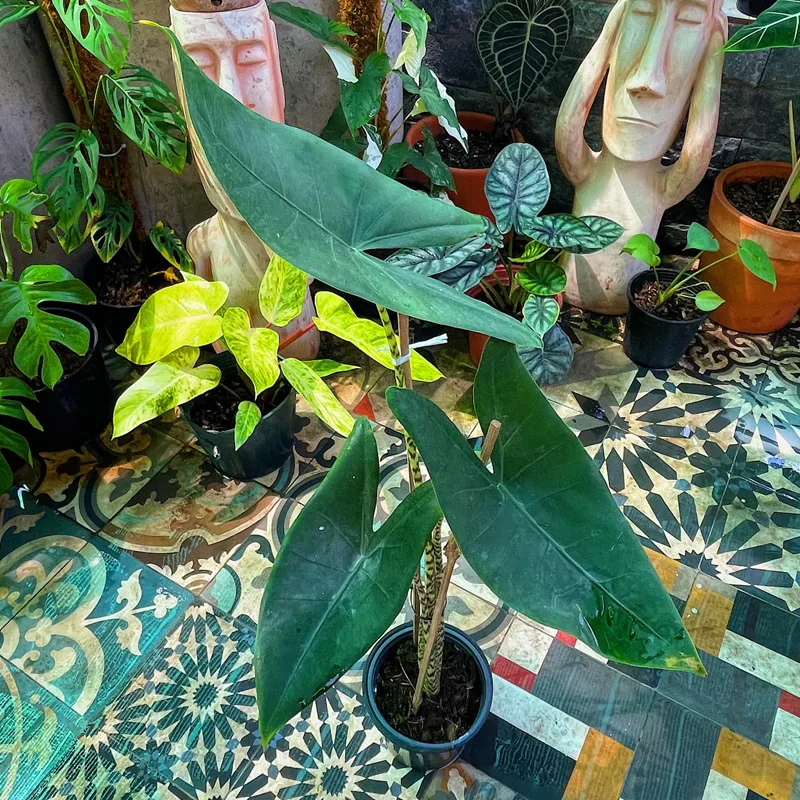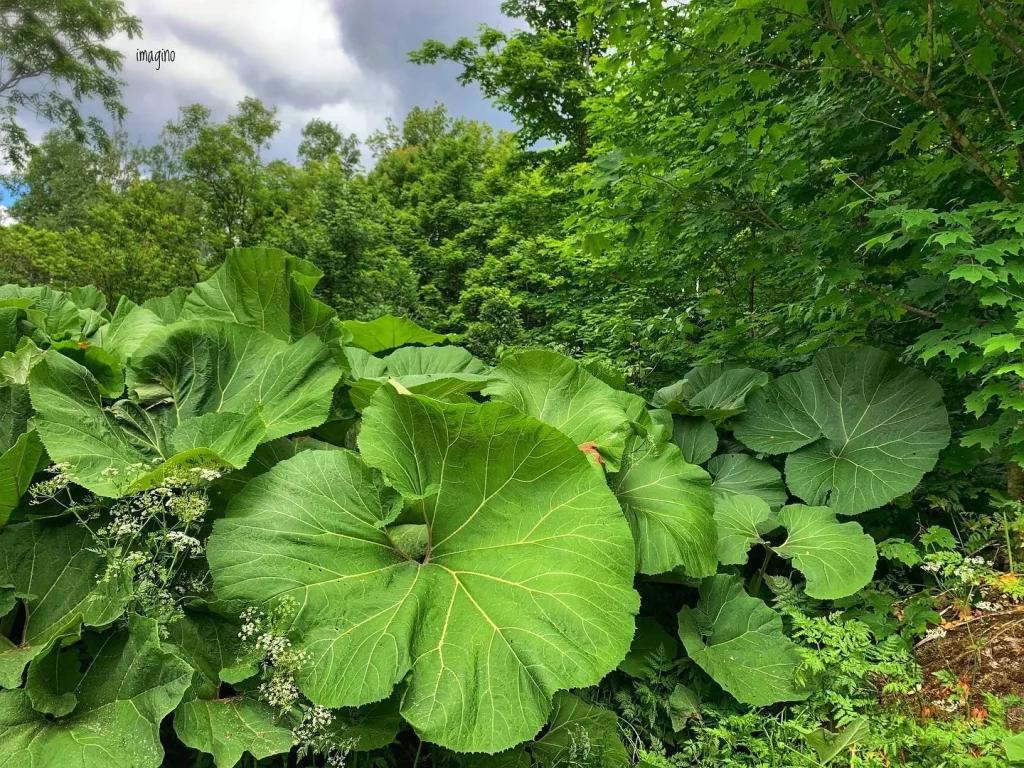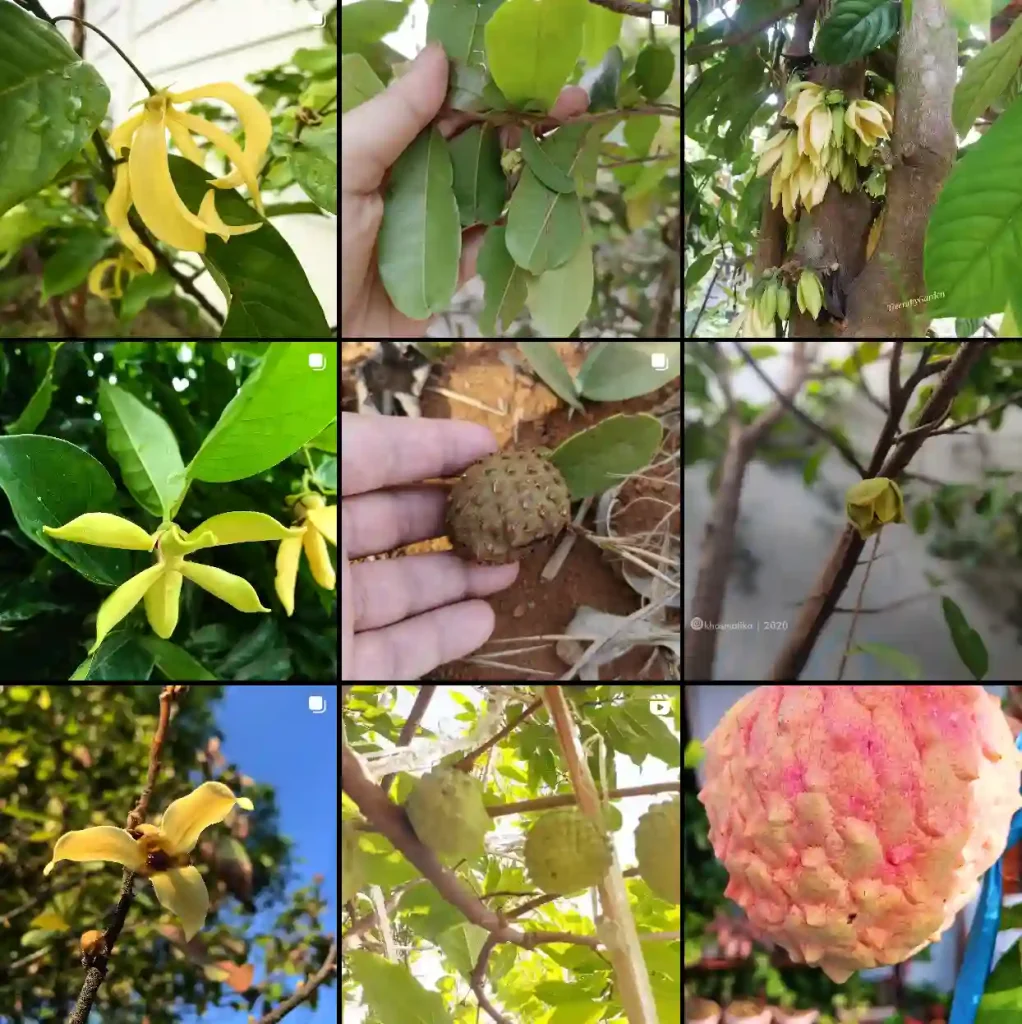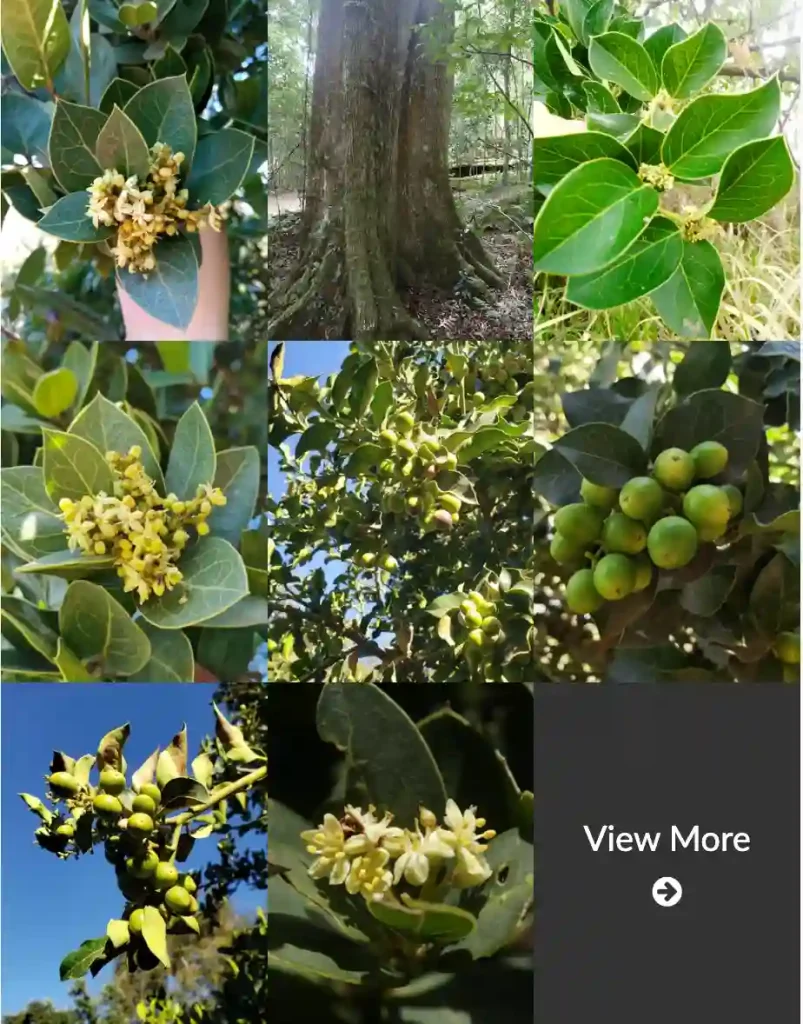What Is Chaenostoma Cordatum?
Chaenostoma Cordatum, often referred to as the Heartleaf Chaenostoma, belong to the Scrophulariaceae family, is a charming, trailing plant known for its heart-shaped leaves and delicate, bell-like flowers. Native to South Africa, this plant has become a popular choice for hanging baskets and as a ground cover in warmer climates. Its vibrant green foliage, combined with the subtle pink or white flowers it produces, makes it an attractive addition to any indoor or outdoor garden.
Plant Family: 60 Genera in Scrophulariaceae – Figwort Family
How to Care for Chaenostoma Cordatum?
Caring for Chaenostoma Cordatum is relatively straightforward, making it a great choice for both novice and experienced gardeners. Here’s what you need to know:
- Light: Chaenostoma Cordatum thrives in bright, indirect light. It can tolerate some direct sunlight but may scorch if exposed for too long. Ideal locations include near east or west-facing windows.
- Water: Keep the soil consistently moist but not waterlogged. Allow the top inch of soil to dry out between waterings. Overwatering can lead to root rot, so ensure your pot has good drainage.
- Humidity: This plant prefers higher humidity levels. If you live in a dry climate, consider misting the leaves regularly or placing a humidifier nearby.
- Temperature: Chaenostoma Cordatum enjoys warm temperatures, ideally between 65-75°F (18-24°C). It’s sensitive to frost, so if you’re growing it outdoors, make sure to bring it inside before temperatures drop.
- Soil: Use a well-draining potting mix. A blend designed for houseplants or a mixture of peat moss, perlite, and pine bark works well.
How to Propagate Chaenostoma Cordatum?
Propagating Chaenostoma Cordatum is both fun and simple. Here’s how I do it:
- Cuttings: Take a 4-6 inch cutting from a healthy plant, making sure it has a few leaves. Remove the lower leaves and place the cutting in a glass of water or a pot with moist soil.
- Rooting: If using water, change it every few days until roots develop. This usually takes 2-3 weeks. For soil propagation, keep the soil moist and cover the pot with a plastic bag to maintain humidity.
- Transplanting: Once the roots are about an inch long, transplant the cutting into a small pot with potting mix. Keep it in a warm, bright location until it establishes itself.
What to Plant With Chaenostoma Cordatum?
Chaenostoma Cordatum pairs beautifully with other trailing plants like String of Pearls or Pothos in hanging baskets. It also complements upright plants such as Spider Plants or Fern, creating a dynamic and lush display. In garden beds, it works well with ground covers like Creeping Jenny, adding texture and contrast.
Is Chaenostoma Cordatum Toxic?
Chaenostoma Cordatum is generally considered non-toxic to pets and humans. It’s a safe choice for households with cats or dogs, though, as with any plant, it’s wise to monitor your pets and ensure they don’t chew on it excessively.
Benefits of Chaenostoma Cordatum
There are several benefits to growing Chaenostoma Cordatum:
- Aesthetic Appeal: Its heart-shaped leaves and delicate flowers add a touch of elegance to any space.
- Air Purification: Like many houseplants, it helps to improve indoor air quality by filtering pollutants.
- Low Maintenance: It’s relatively easy to care for, making it a great choice for busy individuals or those new to gardening.
Common Problems and Solutions
Despite its hardy nature, Chaenostoma Cordatum can face a few issues:
- Brown Leaves: This often indicates underwatering or low humidity. Ensure regular watering and increase humidity if necessary.
- Yellowing Leaves: This may be a sign of overwatering or poor drainage. Adjust your watering schedule and check the pot’s drainage.
- Pests: Watch out for common pests like spider mites and aphids. Regularly inspect the plant and treat any infestations with insecticidal soap or neem oil.
How Does Chaenostoma Cordatum Compare with Similar Plants?
Chaenostoma Cordatum can sometimes be confused with other trailing plants like Creeping Jenny or Tradescantia. Here’s a quick comparison:
- Creeping Jenny: Known for its bright yellow foliage and fast growth. It’s more aggressive than Chaenostoma Cordatum and may require more frequent trimming.
- Tradescantia: Also a trailing plant, but with more varied leaf colors and patterns. Tradescantia tends to have a more upright growth habit compared to the cascading nature of Chaenostoma Cordatum.
In conclusion, Chaenostoma Cordatum is a delightful plant with many benefits. Its ease of care and visual appeal make it a valuable addition to any plant collection. Whether you’re growing it indoors or outdoors, it’s sure to bring a touch of charm to your space.
If i die, water my plants!



